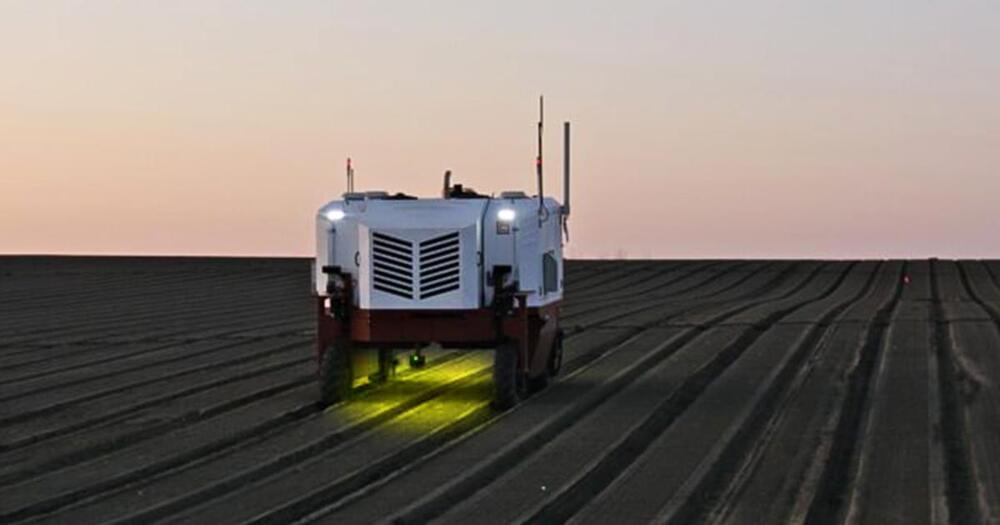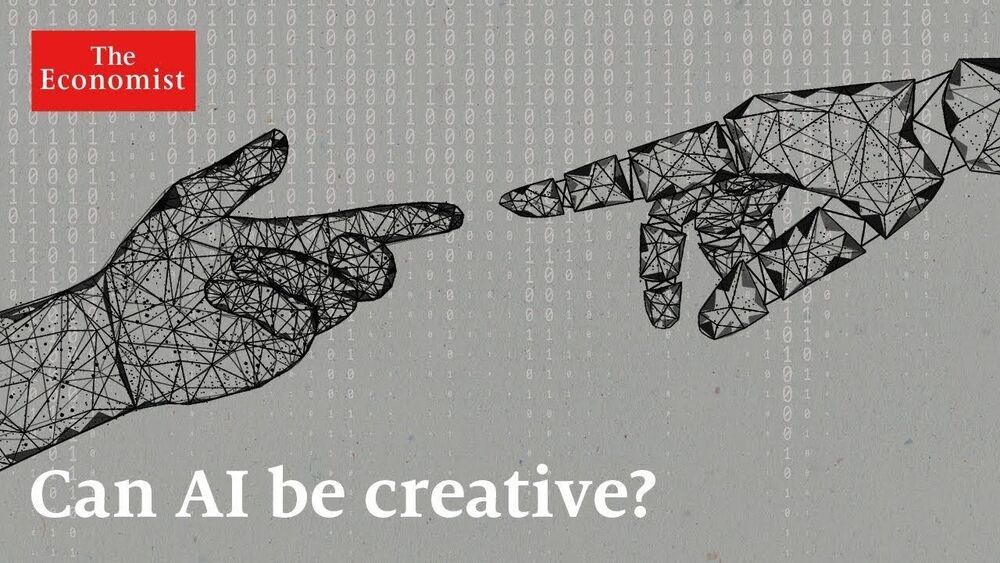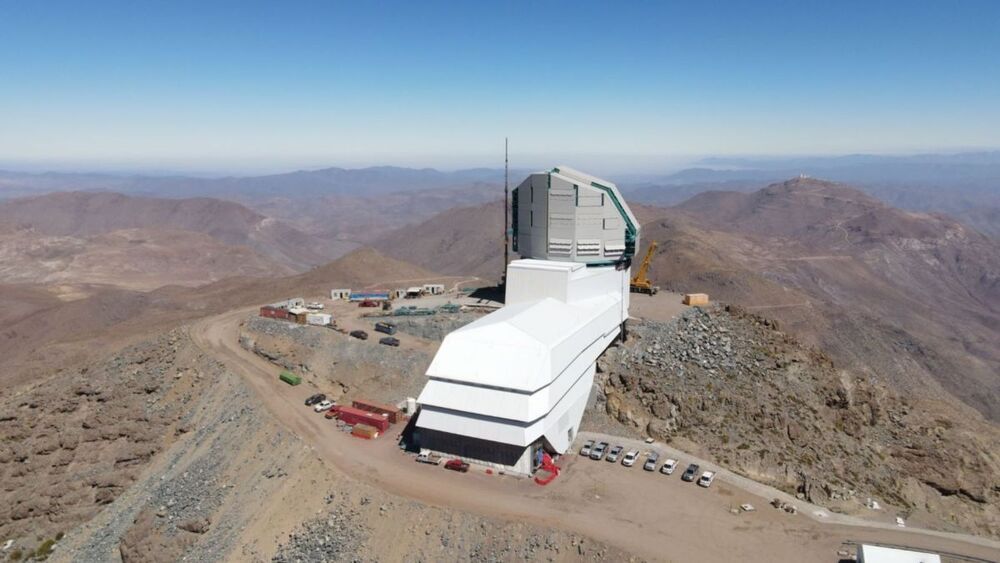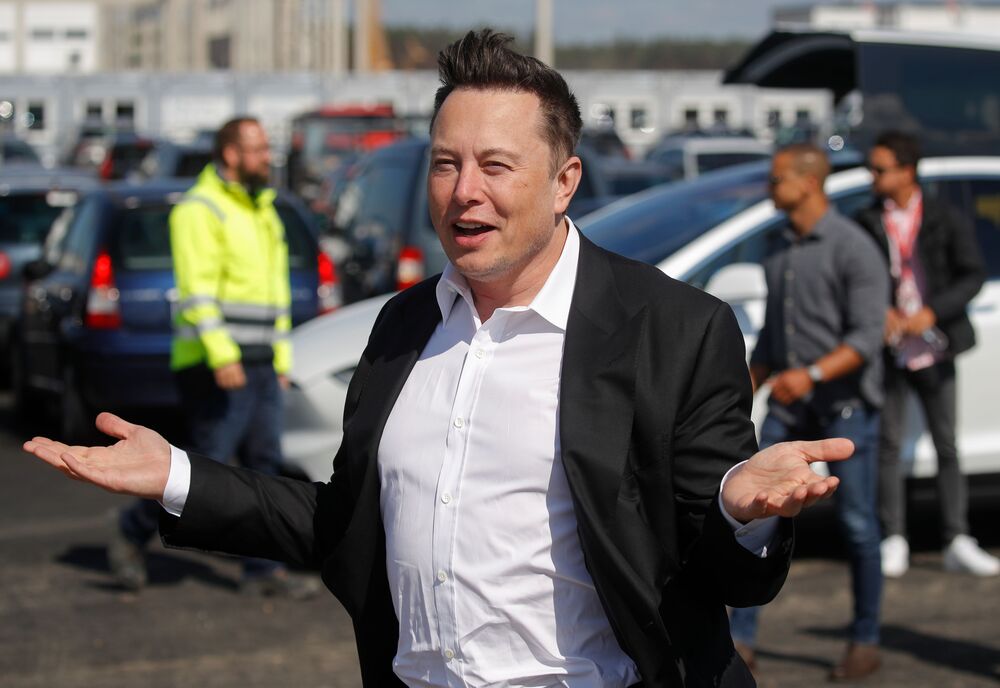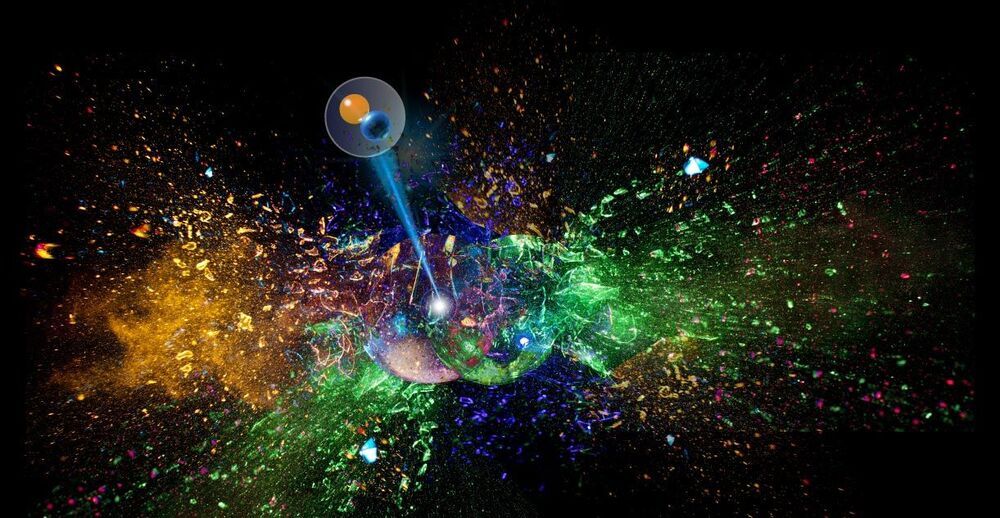Virtual meetings that are a bit more meeting-like.
Zoom is rolling out a video background feature called Immersive View that could make video calls feel a bit more like an office meeting — or at least look a lot more like one. Zoom announced the feature last year at its Zoomtopia conference, but now it’s actually available for Free and Pro accounts attending meetings and webinars with up to 25 participants.
Immersive View builds on the virtual background features Zoom already has, but focuses on actually placing meeting attendees in a realistic-looking location, rather than just switching out a flat background. Meeting hosts can enable Immersive View from the same menu where you can find Speaker View and Gallery View; from there, Zoom will automatically place attendees in a variety of built-in virtual scenes like a board room or auditorium, or the meeting host can manually place them themselves.
Zoom says hosts can also resize attendees, move them around the scene, and upload their own scenes if they get bored of Zoom’s options. Theoretically any image could be used as an Immersive View background, but Zoom says matching the file type, aspect ratio, and resolution recommendations it has for virtual backgrounds will produce the best results.


